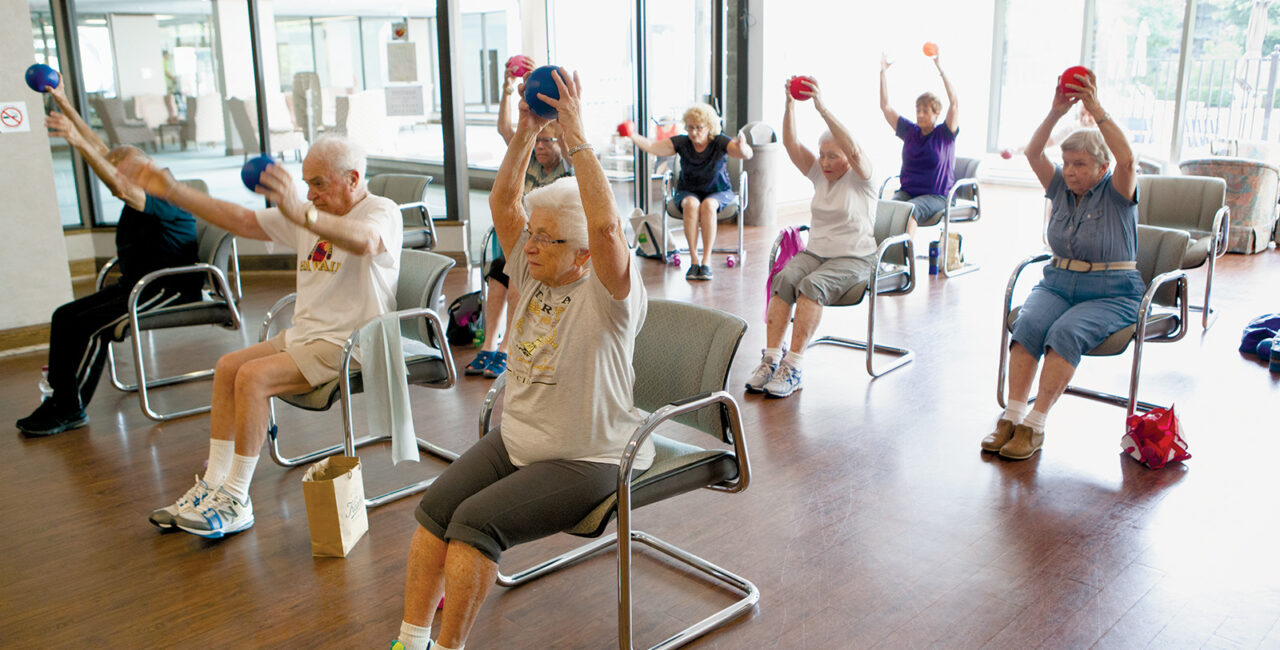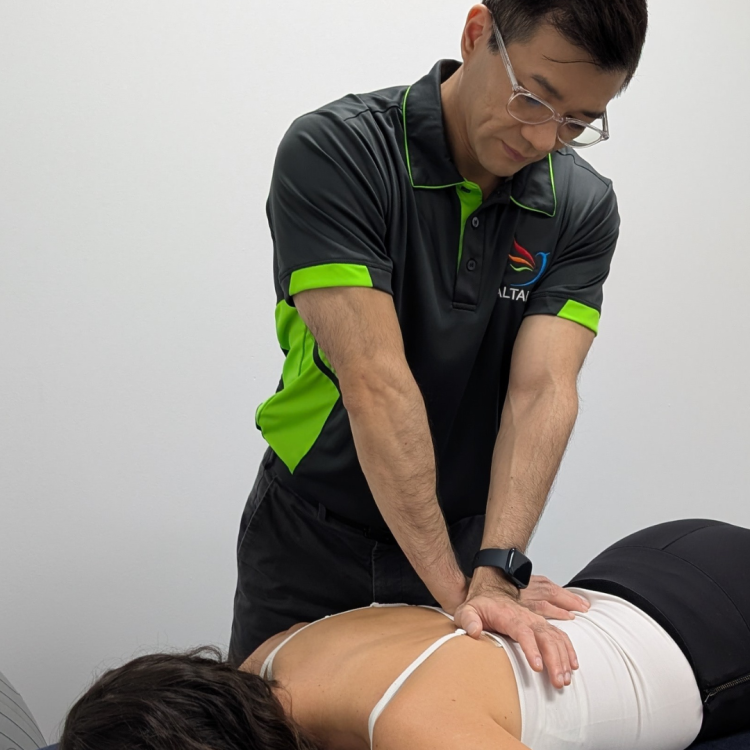Moving with Age: Adapting Exercise Programs

Exercise is a crucial element of healthy aging, offering a multitude of benefits including improved physical function, reduced fall risk, enhanced cognitive abilities, and improved mood. However, adapting exercise programs to meet the specific needs of elderly patients is crucial to ensure safety, effectiveness, and adherence. This article will explore some key considerations for tailoring exercise programs, common modifications, and strategies for promoting engagement.
Elderly patients often present with a range of physical and cognitive limitations that necessitate careful exercise program design. Common challenges include decreased muscle mass and strength, reduced flexibility, impaired balance, chronic conditions, and cognitive decline. Additionally, fear of falling and lack of motivation can hinder exercise participation.
Some key principles of exercise adaptation for the elderly include:
- Individualised Approach: Recognising that each patient is unique and exercise programs should be tailored to their specific needs, goals, and functional abilities
- Gradual Progression: Starting with low-intensity activities and gradually increasing the challenge over time is essential to prevent injuries and promote adherence
- Safety First: Prioritising safety through proper warm-up, cool-down, and exercise technique is paramount
- Functional Relevance: Exercises should focus on improving activities of daily living (ADLs) to enhance independence and quality of life
- Social Interaction: Incorporating group exercise or partner activities can increase motivation and provide social support
- Type: Offering a variety of exercise modalities (aerobic, strength, balance, flexibility) allows for individualised program design.
- Equipment: Using assistive devices such as chairs, walkers, or handrails can enhance safety and support.
A well-rounded exercise program for elderly patients should include the following components:
- Aerobic Exercise: Improves cardiovascular health, endurance, and mood. Examples include walking, swimming, cycling, and water aerobics
- Strength Training: Maintains and increases muscle mass, bone density, and functional abilities. Incorporate exercises targeting major muscle groups using resistance bands, weights, or body weight
- Balance Training: Reduces fall risk and improves stability. Include exercises like yoga, and standing on one leg
- Flexibility Exercises: Maintains joint range of motion and reduces stiffness. Stretching exercises should be performed regularly
Some ways to promote adherence to exercise include:
- Clear Communication: Explain the benefits of exercise and address any concerns or misconceptions
- Social Support: Encourage participation in group exercise classes or partner activities
- Progress Monitoring: Regularly assess exercise tolerance and make necessary adjustments
- Positive Reinforcement: Celebrate achievements and provide encouragement
- Variety: Incorporate enjoyable activities to maintain motivation
Adapting exercise programs for elderly patients is essential for maximising the benefits of physical activity while minimising risks. By understanding their unique needs, implementing appropriate modifications, and promoting adherence, healthcare professionals can empower older adults to lead healthier and more independent lives.
At Altaira, our team of dedicated physiotherapists and allied health professionals are here to support you. Led by experts who bring a wealth of experience in evidence-based and holistic care, we specialise in creating personalised exercise plans that cater to the unique needs of each individual.
Book a consultation with our experienced physiotherapists via: Make a Booking (nookal.com)
Discover how our Allied Health services can support your journey to healthier aging: Allied Health – Altaira Services Together, we can help you, your family member, or your client maintain their independence and enhance their quality of life through effective and safe exercise programs.









